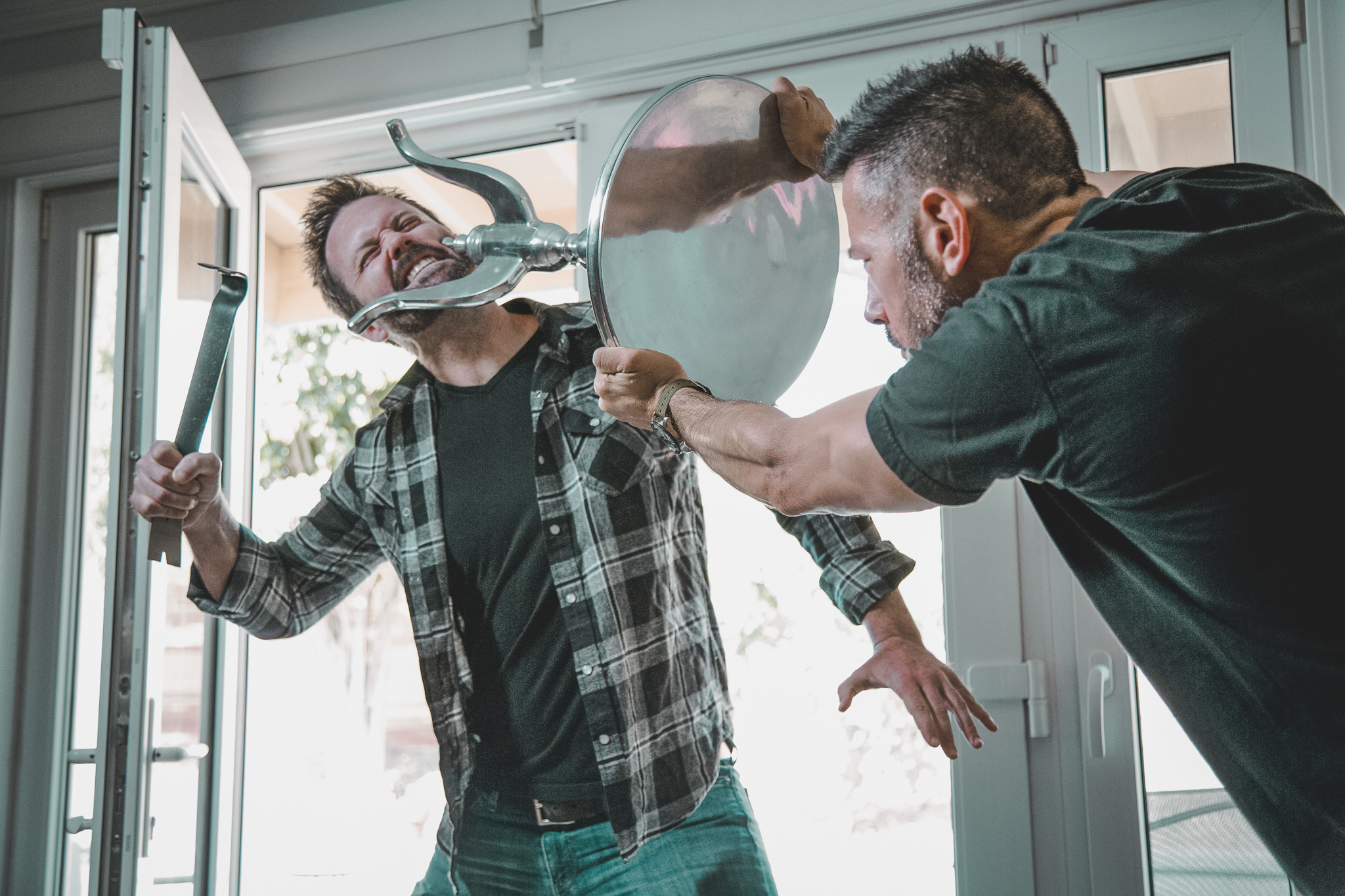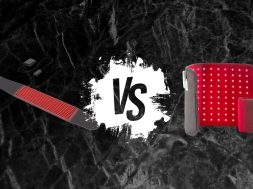
By Jarret Waldman from Krav Maga Defensive Solutions
In today’s unpredictable world, personal safety has become a top priority for many. While numerous
martial arts and self-defense systems exist, one stands out as the most effective and practical for
real-world situations: Krav Maga. Developed by the Israeli military and now widely adopted by law
enforcement agencies and civilians worldwide, Krav Maga offers a unique approach to self-defense
that sets it apart from traditional martial arts. In this comprehensive guide, we’ll explore why Krav
Maga is considered the ultimate self-defense system and how it can benefit practitioners of all
experience levels.
Rapid Proficiency: From Novice to Defender in Record Time
One of Krav Maga’s most compelling advantages is its ability to transform complete beginners into
capable defenders in a remarkably short period. Unlike traditional martial arts that may require
years of dedicated practice to achieve proficiency, Krav Maga’s pragmatic approach allows students
to acquire functional skills within weeks or months.
Key Benefits:
- Accelerated Learning Curve: Krav Maga’s training methodology focuses on instinctive movements and easy-to-learn techniques that can be quickly internalized and applied under stress.
- Accessibility for All: The system’s simplicity makes it ideal for people with busy schedules
who still want effective personal protection. - Immediate Results: Students can start building confidence and practical skills from their
very first class, providing a sense of empowerment and progress
In-Depth Analysis:
Krav Maga’s rapid proficiency model is rooted in its military origins. Developed to train soldiers
quickly and effectively, the system prioritizes simplicity and efficiency. This approach translates
exceptionally well to civilian self-defense training, where time is often a limiting factor.
The training emphasizes gross motor skills – large, powerful movements that are easier to execute
under stress – rather than fine motor skills that can deteriorate in high-pressure situations. This
focus on simple, effective techniques means that even after just a few classes, students can gain the
confidence to defend themselves in various scenarios.
Moreover, Krav Maga’s training methods often incorporate stress drills and scenario-based practice,
helping students acclimate to the adrenaline and chaos of real confrontations. This practical
approach ensures that the skills learned can be effectively applied in real-world situations, not just
in the controlled environment of a training facility.
Principles Over Techniques: A Versatile Approach to Self-Defense
While many martial arts systems focus on teaching a vast array of specific techniques for specific attacks, Krav Maga takes a different approach. It emphasizes broad, adaptable principles that can be applied to a wide range of threats, making it incredibly versatile and effective in unpredictable realworld scenarios.
Key Benefits:
- Adaptability: Students learn to respond effectively to various threats without needing to memorize countless individual techniques.
- Flexibility: The principle-based approach allows practitioners to adapt to different situations
and environments, whether standing, sitting, or on the ground. - Cognitive Simplicity: By focusing on core principles, Krav Maga reduces decision-making
time in high-stress situations, leading to faster and more effective responses.
In-Depth Analysis:
Krav Maga’s principle-based system is built on a foundation of simplicity, directness, and efficiency.
These core principles guide all actions and decisions during a confrontation. For example, one
fundamental principle is to neutralize the immediate threat as quickly as possible. This principle can
be applied whether facing an unarmed attacker, a knife threat, or multiple opponents.
Some key principles in Krav Maga include:
- Simultaneous defense and attack: Rather than blocking and then counterattacking
sequentially, Krav Maga teaches students to defend and strike back in one fluid motion,
maximizing efficiency. - Retzev (Continuous Motion): This principle emphasizes the importance of continuous,
flowing movement to overwhelm an attacker and prevent them from mounting an effective
offense. - Use of common objects: Krav Maga trains practitioners to view everyday items as potential
defensive tools, expanding their options in a confrontation. - Targeting vulnerable areas: The system focuses on striking the most sensitive and
accessible targets on an attacker’s body to quickly end the threat.
By internalizing these principles, Krav Maga practitioners develop a problem-solving mindset that
allows them to adapt to various threats and environments. This versatility is particularly valuable in
real-world self-defense situations where threats are often unpredictable and dynamic.
Harnessing Natural Instincts: Leveraging the Body’s Innate Responses
One of Krav Maga’s most innovative aspects is its alignment with the body’s natural reactions to
danger. By building techniques around instinctive responses, Krav Maga creates a system that is not
only effective but also easier to learn and execute under stress.
Key Benefits:
- Intuitive Learning: Techniques feel more natural and are easier to remember because they’re based on the body’s instinctive reactions.
- Stress Resilience: Under high stress, practitioners are less likely to freeze or forget their
training because the techniques align with natural impulses. - Faster Reaction Times: By working with, rather than against, the body’s natural responses,
Krav Maga allows for quicker execution of defensive techniques.
In-Depth Analysis:
Krav Maga’s approach to leveraging natural instincts is grounded in understanding human
physiology and psychology under threat. For example, when surprised by a potential threat, most
people will instinctively raise their hands in a protective gesture. Krav Maga takes this natural flinch
response and transforms it into an effective defensive position that can smoothly transition into
counterattacks.
Some examples of how Krav Maga aligns with natural instincts include:
- Defensive Movements: The system’s basic blocks are designed to mirror the body’s natural
protective movements, making them easier to execute under stress. - Aggressive Counterattacks: Krav Maga encourages an assertive response to threats,
aligning with the natural “fight” component of the fight-or-flight response. - Use of Gross Motor Skills: The techniques prioritize large, powerful movements that are
less affected by stress-induced fine motor skill degradation. - Situational Awareness: Training emphasizes constant awareness of one’s surroundings,
tapping into the natural survival instinct to monitor potential threats.
By working with these natural tendencies rather than trying to reprogram them, Krav Maga creates
a self-defense system that feels more intuitive and is more likely to be effectively employed in highstress situations. This approach significantly reduces the learning curve and increases the likelihood
of successful application in real-world scenarios.
Street-Ready Self-Defense: Practicality Over Sport
While many martial arts have evolved into sports with rules and regulations, Krav Maga remains
firmly rooted in real-world self-defense. It combines elements from various fighting systems but
does so with the sole purpose of surviving potentially life-threatening encounters.
Key Benefits:
- No Rules Approach: Krav Maga prepares practitioners for the chaotic and unpredictable nature of street confrontations.
- Comprehensive Threat Response: Training covers a wide range of scenarios, including
unarmed attacks, weapons, and multiple assailants. - Environmental Awareness: Students learn to use their surroundings to their advantage,
adapting to various environments and situations.
In-Depth Analysis:
Krav Maga’s street-ready approach is evident in every aspect of its training methodology. Unlike
sport-oriented martial arts, which often focus on competition within a controlled environment, Krav
Maga simulates the unpredictability and intensity of real-life confrontations.
Key aspects of Krav Maga’s practical approach include:
- Scenario-Based Training: Classes often incorporate realistic scenarios that mimic potential
real-world threats, helping students develop situational awareness and decision-making
skills. - No-Holds-Barred Techniques: Krav Maga teaches strikes to vulnerable areas like the
groin, eyes, and throat – techniques that are crucial in life-threatening situations but
prohibited in sport combat. - Weapons Defense: Extensive training is provided in defending against and disarming
various weapons, including knives, guns, and improvised weapons. - Multiple Attacker Strategies: Krav Maga prepares practitioners for the possibility of
facing multiple assailants, teaching tactics for crowd management and escape. - Stress Inoculation: Training often incorporates elements of stress and fatigue to simulate
the physiological effects of a real confrontation, helping students perform under pressure. - Improvised Weapons: Students learn to identify and use everyday objects as defensive
tools, expanding their options in a confrontation. - De-escalation and Avoidance: While focused on physical techniques, Krav Maga also
emphasizes the importance of verbal de-escalation and situation avoidance when possible.
This practical, no-nonsense approach ensures that Krav Maga practitioners are prepared for the
realities of self-defense situations, where the primary goal is survival rather than scoring points or
adhering to rules.
Conclusion
Krav Maga stands out as the ultimate self-defense system for real-world situations due to its rapid
learning curve, principle-based approach, alignment with natural instincts, and unwavering focus on
practical, street-ready techniques. Whether you’re a complete beginner looking to quickly acquire
effective self-defense skills or an experienced martial artist seeking to enhance your real-world
capabilities, Krav Maga offers a comprehensive and adaptable system that can benefit practitioners
of all levels.
By emphasizing simplicity, efficiency, and realism, Krav Maga provides not just physical
techniques but also the mental preparedness and situational awareness necessary to navigate
potentially dangerous encounters. In an unpredictable world, the versatility and effectiveness of
Krav Maga make it an invaluable tool for personal safety and self-defense.












